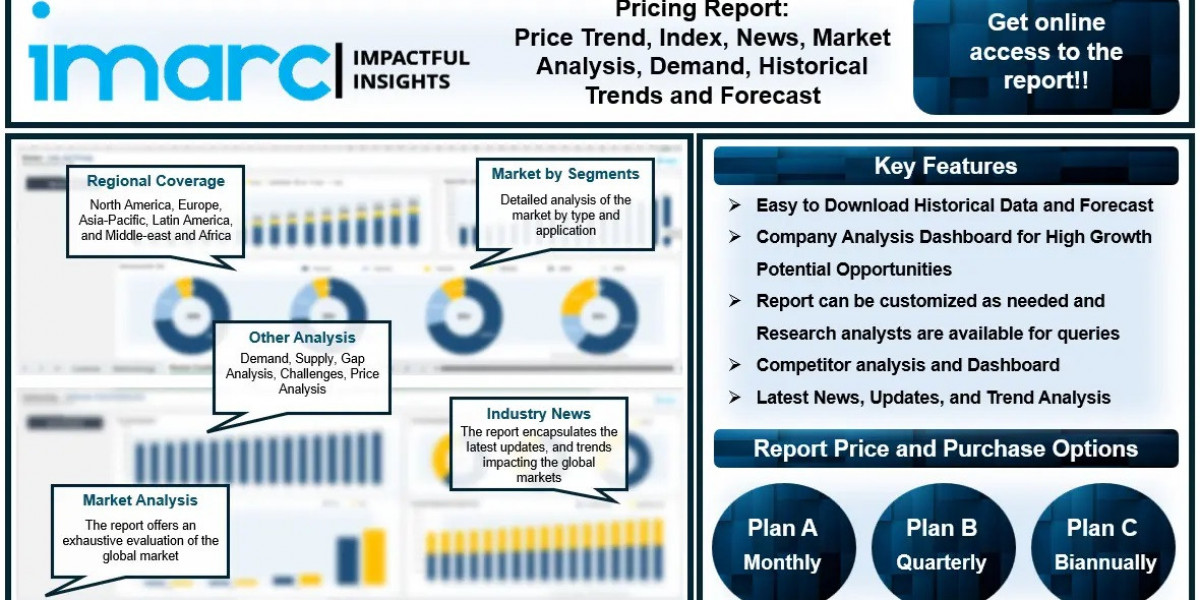Unveiling the Foundations of Monitoring
In the realm of distributed systems, effective monitoring is the backbone of maintaining system health and preemptively addressing potential issues. Drawing inspiration from Google's Site Reliability Engineering (SRE) teams, this article delves into the foundational principles and best practices that constitute successful monitoring and alerting systems.
Before diving into the intricacies, let's establish a common understanding of key terms:
Monitoring: The comprehensive process of collecting, processing, aggregating, and displaying real-time quantitative data about a system's various aspects, such as query counts, error rates, processing times, and server lifetimes.
White-box Monitoring: Derives insights from internal metrics exposed by the system, including logs, interfaces like the Java Virtual Machine Profiling Interface, or specific handlers emitting internal statistics.
Black-box Monitoring: Evaluates externally visible behavior as a user would perceive it.
Dashboard: A web-based application offering a consolidated view of a service's core metrics. Dashboards, while pre-built to expose critical metrics, may also feature team information, ticket queue length, high-priority bugs, on-call engineer details, or recent pushes.
Alert: A human-readable notification pushed to systems like bug or ticket queues, email aliases, or pagers. Alerts are categorized as tickets, email alerts, or pages, with the latter often triggering urgent human intervention.
Root Cause: A defect in software or a human system that, when fixed, instills confidence that the same event won't recur in the same way. Incidents may have multiple root causes, each requiring individual resolution.
Node and Machine: Used interchangeably to denote a single instance of a running kernel in a physical server, virtual machine, or container.
Push: Any alteration to a service's running software or configuration.
Monitoring serves diverse purposes:
- Analyzing long-term trends, such as database size and daily active user count growth.
- Comparing over time or across experiment groups to optimize service components.
- Alerting for immediate issue resolution or pre-emptive action.
- Building dashboards to answer fundamental service questions.
Additionally, monitoring facilitates ad hoc retrospective analysis and debugging, providing essential input for business analytics and security breach investigations.
Setting Reasonable Expectations for Monitoring
Monitoring complex applications demands significant engineering effort. Even with robust infrastructure for instrumentation, Google's SRE teams allocate dedicated resources to build and maintain monitoring systems for their services. Although the number of these "monitoring persons" has decreased over time due to infrastructure generalization, every SRE team typically has at least one member devoted to monitoring.
Google's approach leans towards simpler and faster monitoring systems, avoiding "magic" systems that attempt to learn thresholds or automatically detect causality. While exceptions exist for detecting unexpected changes in end-user request rates, the emphasis is on simplicity and comprehensibility.
Symptoms Versus Causes
A robust monitoring system should address two critical questions: what's broken and why. Identifying symptoms indicates the problem, while understanding the cause is crucial for efficient issue resolution. A clear distinction between "what" and "why" is fundamental for creating effective monitoring with high signal and low noise.
Black-Box Versus White-Box Monitoring
The article emphasizes a balanced approach, combining white-box monitoring, which relies on internal system metrics, with critical applications of black-box monitoring, focusing on external behavior. White-box monitoring provides insights into imminent issues and failures, while black-box monitoring ensures detection of ongoing, actively impacting problems.
The Four Golden Signals :-
The essence of monitoring lies in the four golden signals: latency, traffic, errors, and saturation. Focusing on these four metrics enables comprehensive monitoring of user-facing systems.
Latency: Measures the time to service a request, distinguishing between successful and failed requests.
Traffic: Quantifies system demand, often measured as HTTP requests per second or other relevant metrics.
Errors: Tracks the rate of failed requests, encompassing explicit failures (e.g., HTTP 500s) and implicit or policy-based failures.
Saturation: Gauges system fullness, emphasizing constrained resources. Saturation predicts potential problems, allowing proactive interventions.
Choosing an Appropriate Resolution for Measurements
Balancing granularity in measuring different aspects of a system is crucial. For instance:
- Observing CPU load over a minute may miss long-lived spikes affecting tail latencies.
- High-frequency measurements of CPU load might be expensive; internal sampling and external aggregation provide a cost-effective alternative.
- Adjusting measurement granularity based on the system's characteristics optimizes resource utilization.
As Simple as Possible, No Simpler
While monitoring requirements can create complexity, it's essential to keep systems simple, predictable, and maintainable. Google's experience highlights the success of basic metrics collection, aggregation, alerting, and dashboards. Overly complex systems are prone to fragility, resistance to change, and increased maintenance efforts.
Tying These Principles Together
Creating a monitoring and alerting philosophy involves asking critical questions:
- Does the rule detect urgent, actionable, and actively or imminently user-visible conditions?
- Can the alert be safely ignored, and if so, under what circumstances?
- Does the alert genuinely indicate user impact, and are there cases where users aren't affected?
- Can actions in response to the alert be automated or postponed until later?
This philosophy emphasizes urgency, actionability, and novelty in problem detection. Automated responses should replace rote, algorithmic reactions, ensuring each page demands intelligence and addresses a novel problem or event.
Monitoring for the Long Term
Long-term success in monitoring involves strategic decision-making, adapting targets to achievable goals, and ensuring monitoring supports rapid diagnosis. Two case studies illustrate the trade-off between short-term availability and long-term stability:
Bigtable SRE: A Tale of Over-Alerting
Excessive email alerts and pages inundated the Bigtable SRE team, consuming valuable engineering time. To alleviate the situation, the team temporarily adjusted SLO targets, disabled email alerts, and focused on improving Bigtable's performance. This approach provided breathing room for long-term fixes and reduced the burden on on-call engineers.
Gmail: Predictable, Scriptable Responses from Humans
Early Gmail faced challenges with alerts triggered by individual tasks being "de-scheduled." The team implemented a tool to minimize user impact but faced tension between automated workarounds and long-term fixes. This case underscores the importance of management support in prioritizing time-consuming long-term solutions.
Conclusion
In conclusion, mastering monitoring in distributed systems necessitates adherence to fundamental principles and best practices. A healthy monitoring system is simple, prioritizes symptoms over causes, and aligns with long-term goals. Striking a balance between short-term availability and long-term stability is crucial, with a focus on strategic decision-making and continuous improvement. Adopting a philosophy that emphasizes urgency, actionability, and adaptability positions monitoring as a cornerstone for robust and resilient distributed systems.
For any software consultant , application development solutions visit our websites.



